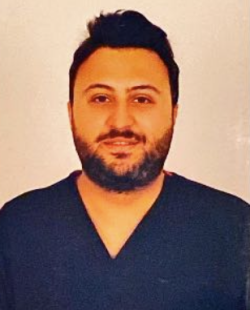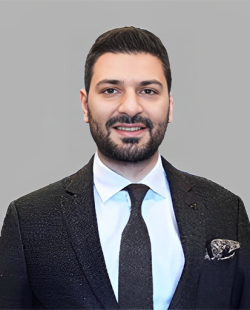Before & After



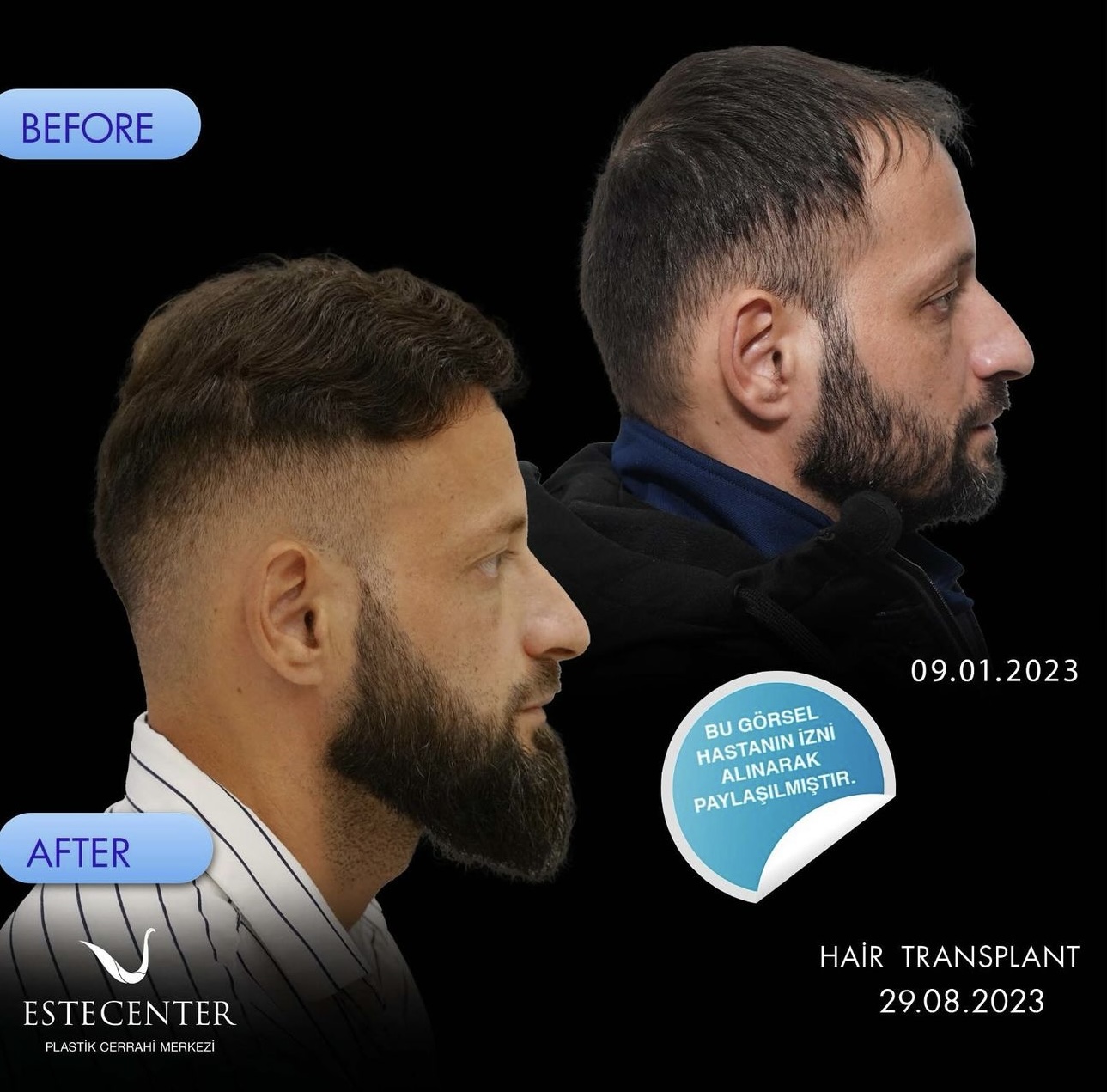

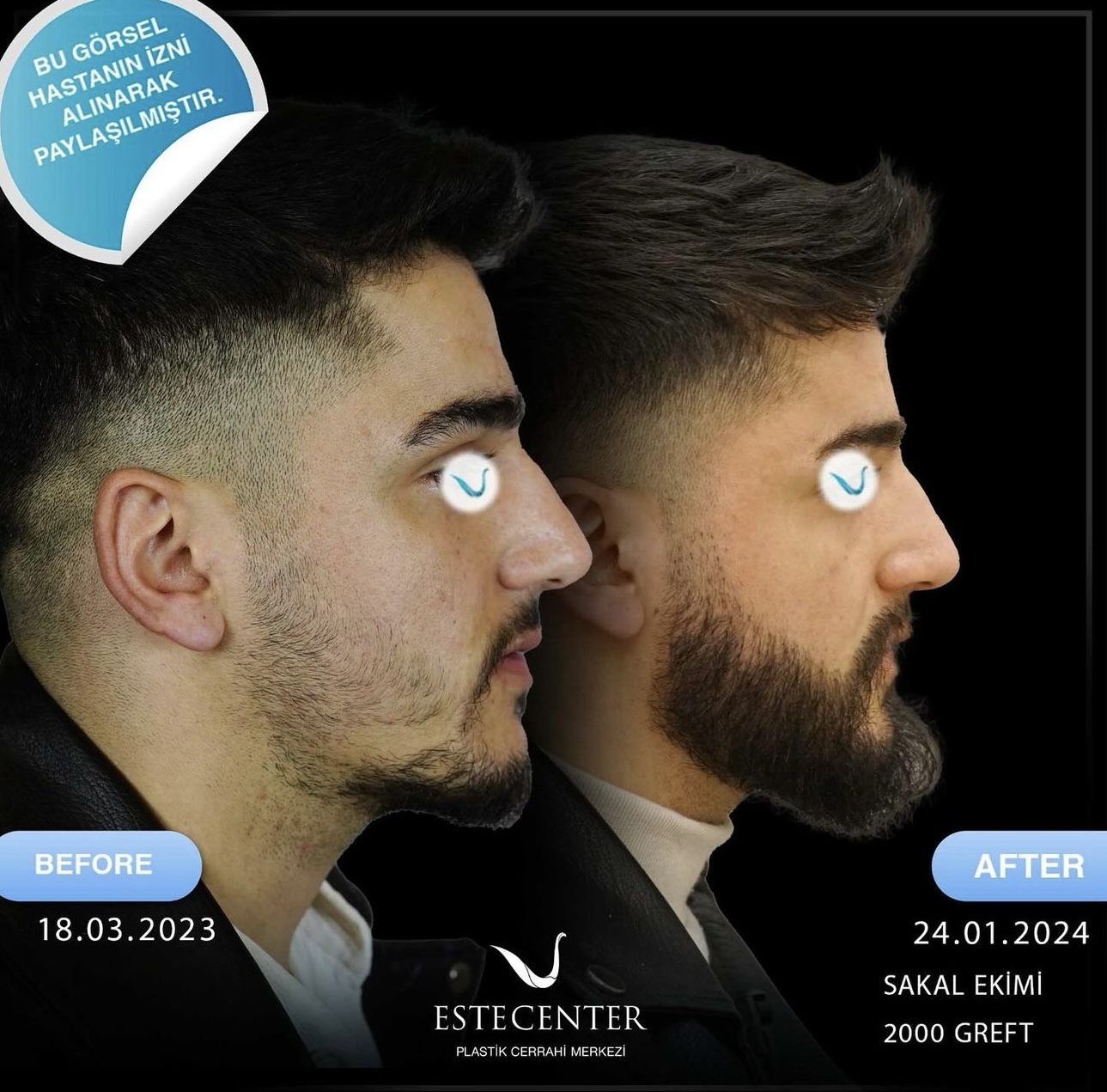
Hair transplantation is a common aesthetic procedure preferred by people from around the world to deal with the struggle of hair loss and baldness. It is safe for both men and women and works by transplanting hair follicles to the damaged area of the scalp. By offering high-quality procedures at competitive prices, Turkey has been preferred for hair transplantation procedures.
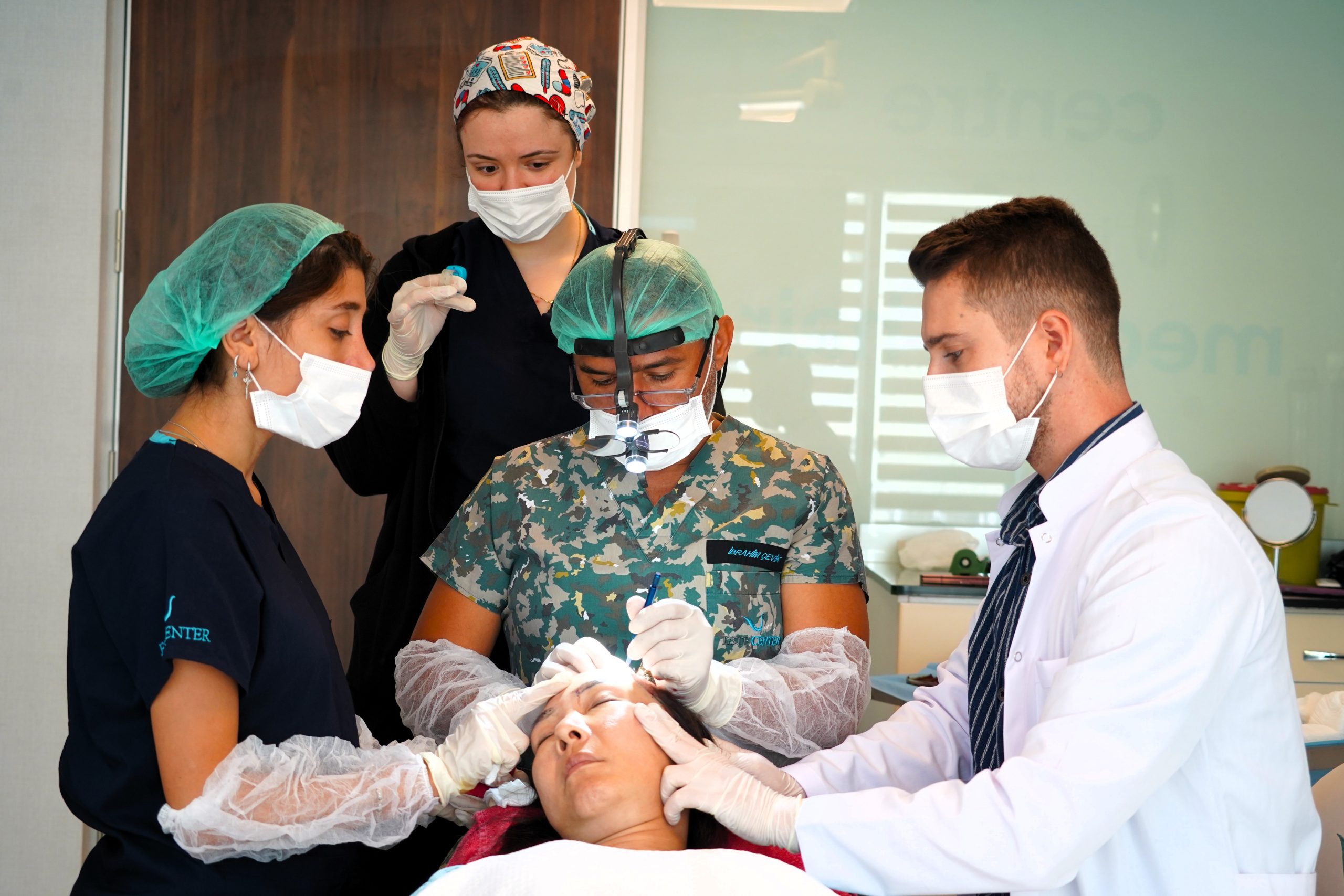
Hair Transplant Turkey Packages
There is an incredible variety of hair transplant packages in Turkey. You can select the most suitable one that meets your hair needs. Hair transplant costs and packages depend on multiple factors like the size of the treatment area, the required follicle count and the treatment method. The prices of this procedure depend on many factors. Amongst all Turkish cities, Istanbul is the most favored destination for its best-in-class clinics and medical experts.
Hair Transplant Recovery Time
The recovery time post-hair transplant surgery is not very long or tiring. Though it highly varies for different reasons, most people can be seen resuming their routine life within just a few days to maybe a week after their hair transplant in Turkey. However, following your doctor’s instructions for medicines, shampoo and follow-up care is a must for a smooth recovery.
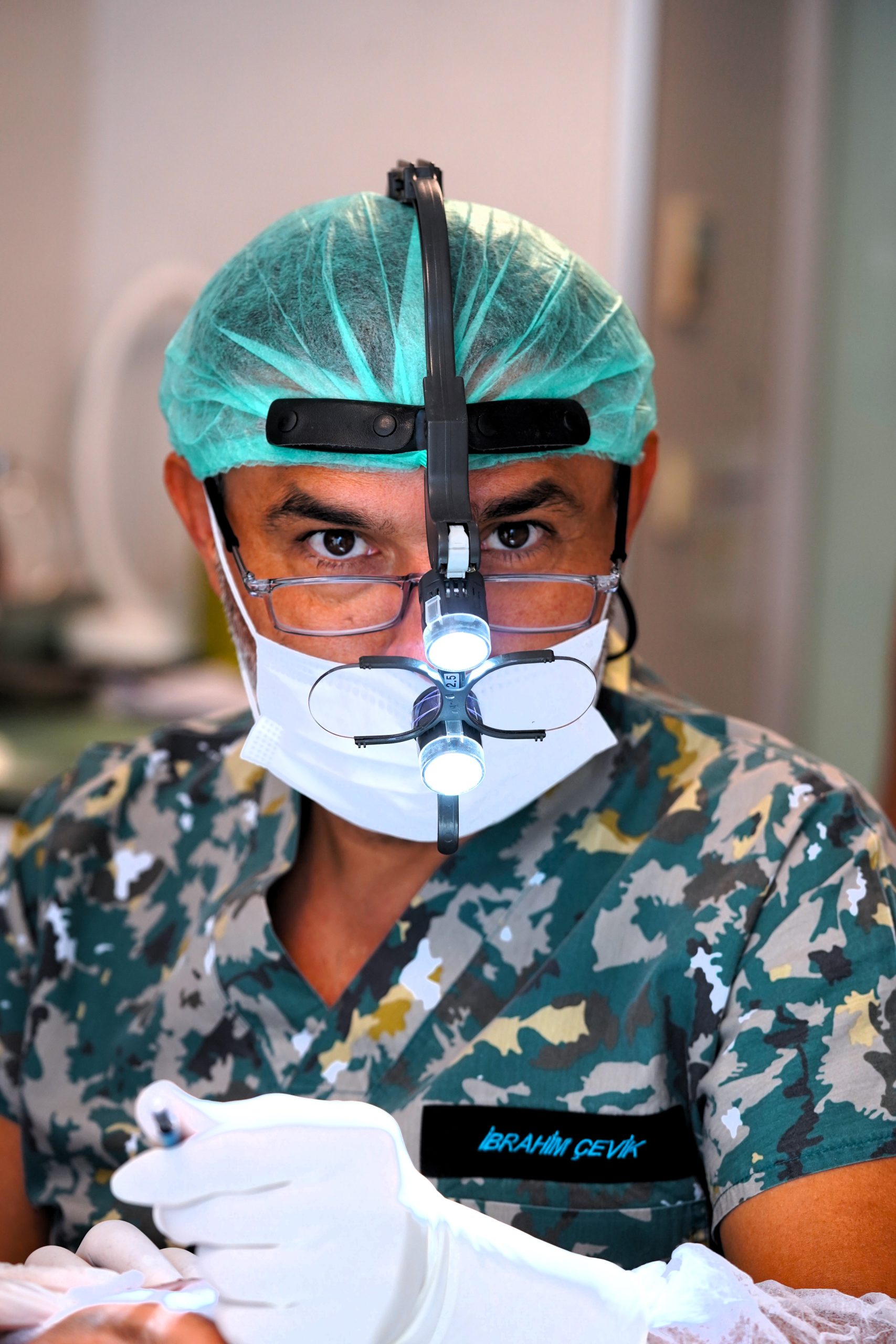
Hair Transplant Before And After
Hair transplantation can totally change your life. You regain the self-confidence that you have been lacking since you started losing your precious strands. Yet, one needs to give proper attention and care to certain aspects before and after the surgery to get the desired results. By meticulously following the instructions of their respective surgeons, patients can witness faster recovery and mind-blowing results.
Before the procedure:
- Smoking and alcohol: It is strictly recommended to keep off such harmful habits for some days before and after the surgery. Their consumption can badly interrupt the healing process and may bring potential complications.
- Medication disclosure: Always inform your doctor if you are presently taking any regular medicines because some medicines can interfere with the procedure. Blood thinners and aspirin, for example, are usually advised to be avoided.
- Hair and scalp care: Thoroughly wash your hair and scalp before the operation because a clean and sterile head helps prevent infections.
- Health checkup: To confirm that you’re in good health before the surgery, your doctor will check your vitals like sugar levels, blood pressure, heart rate etc to make sure you are eligible for going ahead.
After the procedure:
- Head elevation: Every patient is asked to keep the head elevated from a minimum of 48 hours to several days after the procedure to reduce swelling and for better blood circulation to the scalp.
- No blood thinners: Exactly how one avoids them before surgery, blood thinners and aspirin should not be consumed for at least a week after the surgery as well to combat the risk of bleeding and other complications.
- Limit physical activities: For faster healing, exercising and other heavy physical activities are not allowed for 2-3 weeks post-procedure to prevent excessive sweating and pressure on the scalp.
- Hair washing: Wash your hair and scalp only how your doctor tells you to. There should be no use of strong shampoos or vigorously rubbing your scalp to not damage the freshly transplanted follicles.
- Medication: Take all prescribed medicines on time and regularly and attend follow-up appointments as scheduled by your doctor for proper healing and progress monitoring.
Hair care before and after the procedure:
Hair transplant surgery asks for proper care before and after the transplantation for its success. Optimal results can only be achieved by following your doctor’s instructions and maintaining a healthy lifestyle.
Shampoo and hair wash after transplantation:
- • Let your scalp heal and don’t wash your hair for a few days after the operation.
- • Use only the recommended shampoos and always wash your hair gently to avoid any damage to the hair follicles.
- • After washing, act gently and use a towel. Never wash it with hot water.
Hair nutrition before and after the operation:
- • Take a protein-rich diet before and after the surgery to strengthen hair follicle healing and support growth.
- • Consume more foods containing vitamin C, biotin and iron for amazing hair health and growth.
- • Hydration is a must so be careful about the amount of water you drink. Dehydration can be very bad for overall health.
Hair Transplant Cost Turkey
As we discussed for the packages, the cost of a hair transplant in Turkey can’t be a fixed estimate as the price varies for each case. Several factors are taken into account to get an amount including which clinic you choose, the method used in your treatment and the number of follicles needed on your scalp. The good news is that compared to other countries, you get very competitive prices for high-quality procedures in Turkey.
Hair Transplant For Women
While most people believe that hair transplantation is a treatment designed for men, it is not the case. Women experiencing hair loss and thinning can also go for this very safe and effective procedure just by consulting a specialist. Today, hair transplants in women have been increasing due to a desire for healthy hair and improved aesthetics. If you are medically fit, you are eligible for those shiny locks.
How Long Do Hair Transplants Last?
You must know that hair implants are a permanent solution for hair loss and bald patches. The transplanted follicles continue to grow as the others and you get the volume and texture you always longed for. It’s important to know that there are chances that the existing hair loss may increase over time and you might require further treatments.
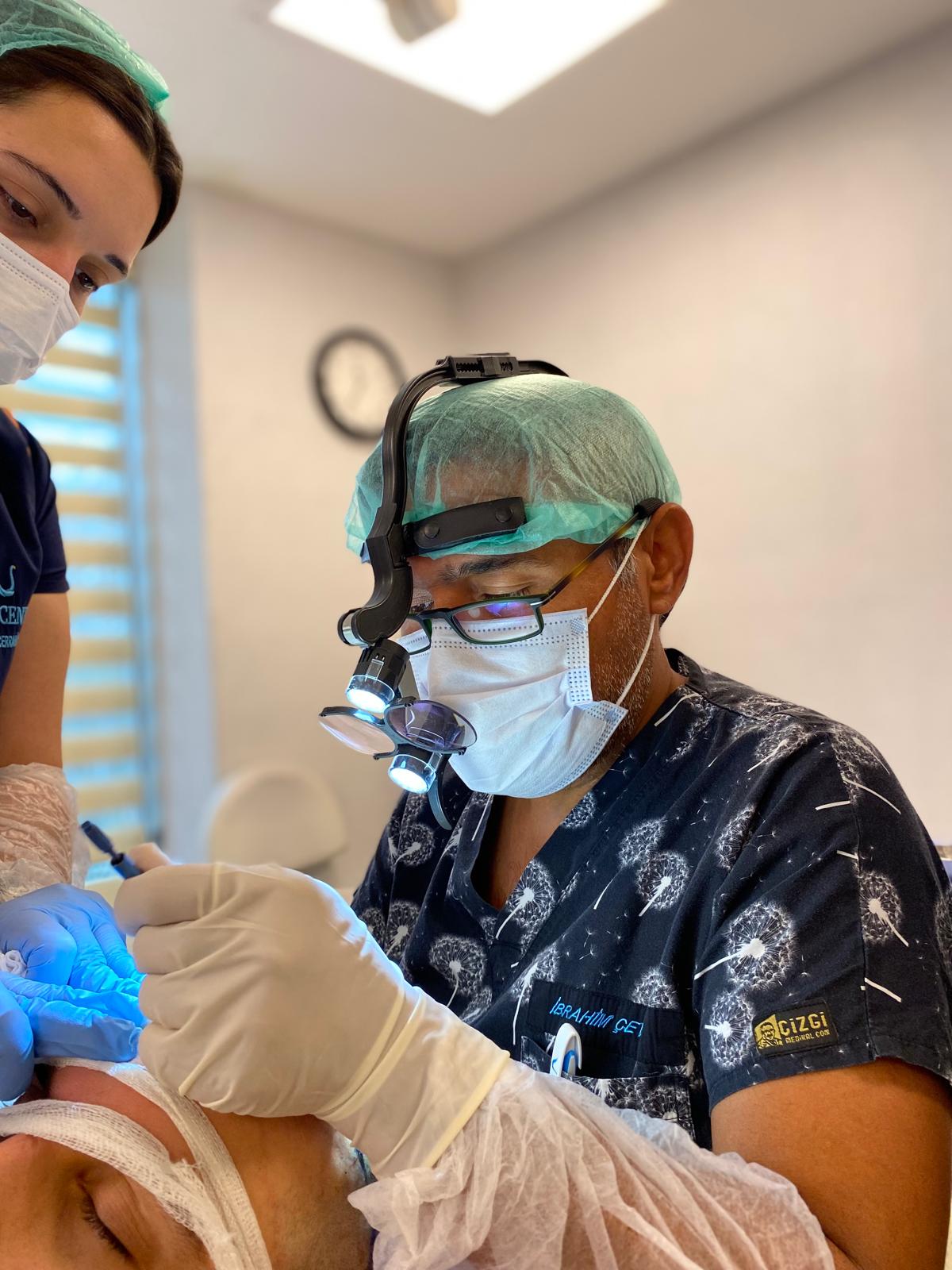
How Successful Are Hair Transplants?
Whether it’s a male or female hair transplant, every operation is generally known to be highly successful. In most procedures, the success rate is even 90% which is the best part about it. However, how successful it will be also depends on certain factors such as the skills and experience of the surgeon, the quality of the donor’s/transplanted hair, the patient’s overall health, post-surgery care and following your doctor’s instructions.
Which Country Is Best For Hair Transplant?
While transplantation processes are happening around the world, Turkey leads as the best in the business. It is certainly one of the best countries for treatment due to the presence of advanced clinics, the right technology, seasoned doctors and of, course, value for money. Every month, countless people from various countries book their tickets to Turkey to get their hair aesthetics done and the number of interested individuals only goes higher.
Which Age Is Best For Hair Transplant?
For a hair transplant, you must be of a certain age and definitely not a minor. The right age for the procedure differs from case to case. Factors like the hairline design, the level of hair loss and the stability of the graft area usually decide if you are fit for the procedure. In simple terms, one must wait until hair loss has either stopped or reached a steady stage before considering transplantation. This will give more predictable and lasting results as the hair loss pattern is unlikely to change in the future.
What Are The Side Effects Of Hair Transplant?
You can expect some side effects from hair transplants just like any other surgery. There can be swelling, redness, and discomfort in the donor and recipient areas but all this is usually temporary and settles within a few days to weeks.
What Is Implant Vs Transplant Hair?
To regular people, both hair implantation and transplantation seem similar treatments because both of them involve extracting hair follicles from one area of the scalp and grafting them to the affected one. But the differences between the two techniques are how doctors take and place the follicles. Also, the hair implant cost and transplant surgery costs also vary because of the method involved.
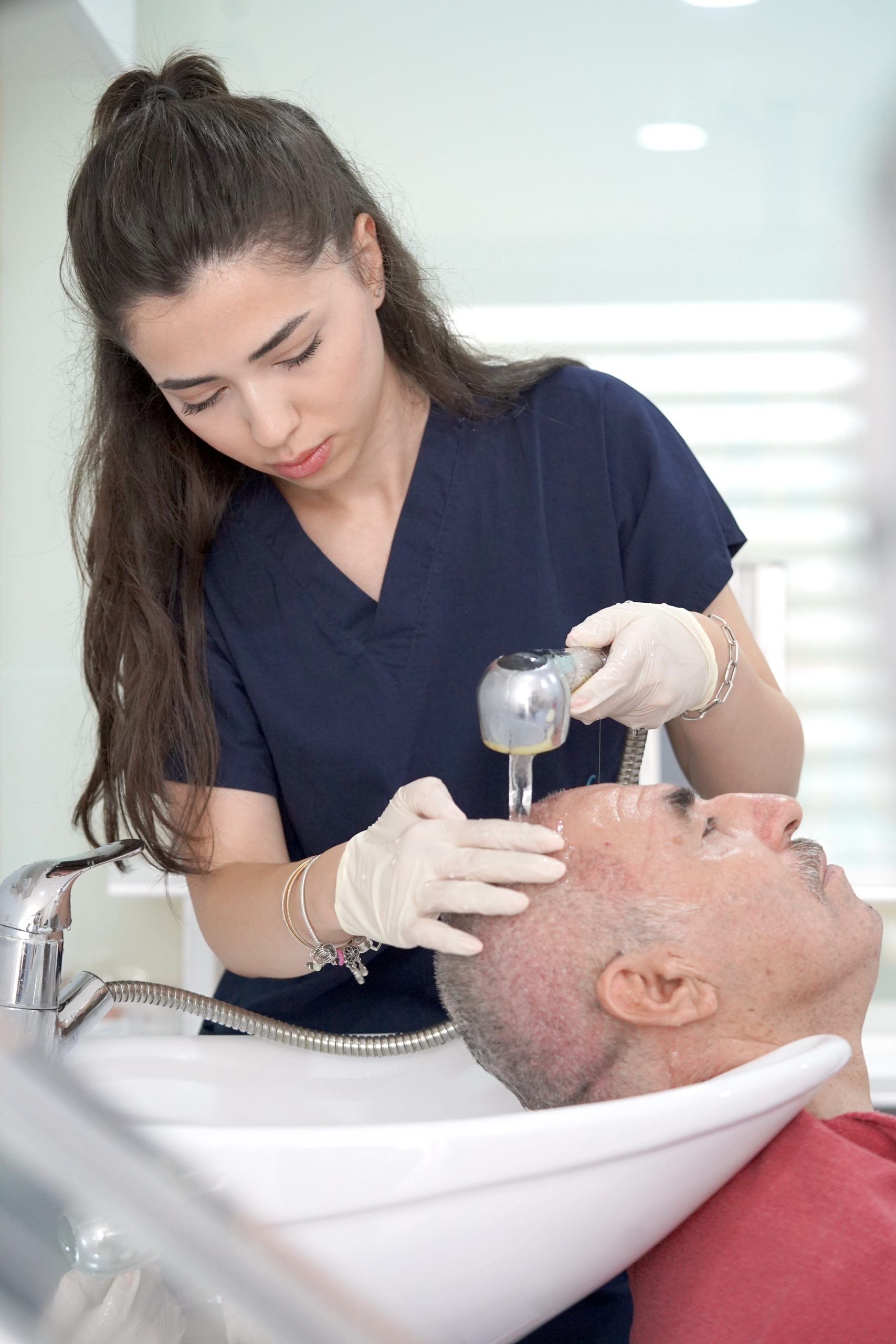
Is Hair Transplant Permanent?
As discussed, transplantation is a permanent procedure as the transplanted follicles keep growing like natural hair. However, the hair strength might not be the same for existing hair as it might shed over time and require treatment.
Why Do People Go To Turkey For Hair Transplant?
Turkey has been preferred for hair transplants because it has highly advanced clinics and experienced surgeons. And since Turkey’s hair transplant cost is also very competitive, clients always fancy this country for their aesthetic procedures.
Is Turkey Hair Transplant Safe?
Because it is always conducted by a trained, skilled and experienced surgeon within a reputable and tech-advanced clinic, you can take a deep breath and be sure that hair transplantation in Turkey is a safe procedure to go for. For your own safety and peace of mind, make sure that you have researched well enough about the clinic you have picked. It must have a record of excellent services and post-surgery follow-ups. If you are considering this treatment, learn all that you can about the reputation of the clinic and reviews of the surgeon to reduce the potential risks of the procedure and have hair to boast about.
Meet Our Doctors
Table of ContentsToggle Table of ContentToggle
- Before & After
- Hair Transplant Recovery Time
- Hair Transplant Cost Turkey
- Hair Transplant For Women
- How Long Do Hair Transplants Last?
- How Successful Are Hair Transplants?
- Which Country Is Best For Hair Transplant?
- Which Age Is Best For Hair Transplant?
- What Are The Side Effects Of Hair Transplant?
- What Is Implant Vs Transplant Hair?
- Is Hair Transplant Permanent?
- Why Do People Go To Turkey For Hair Transplant?
- Is Turkey Hair Transplant Safe?
Call Me Back

